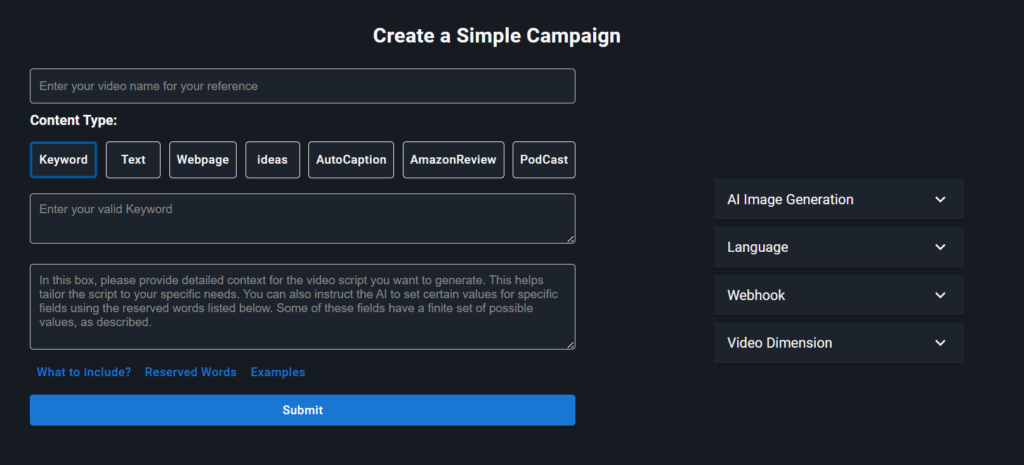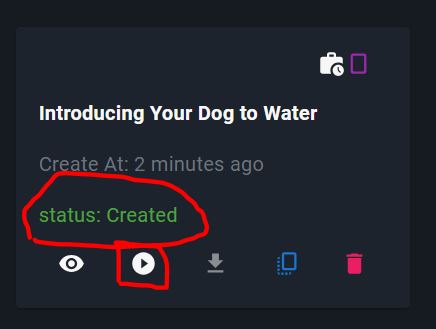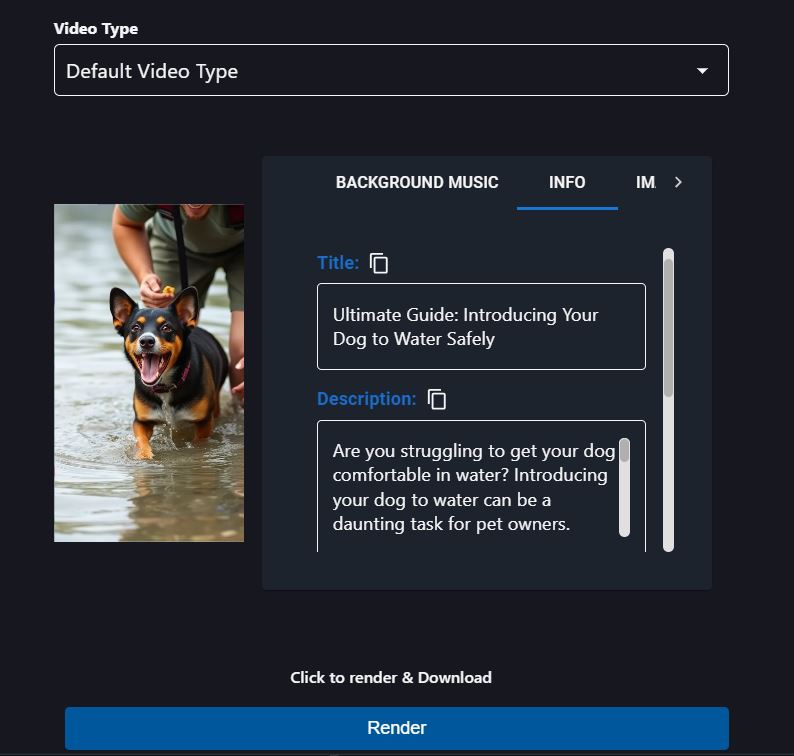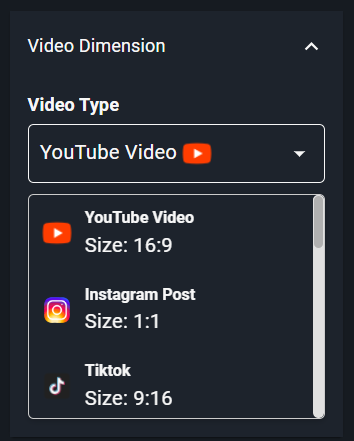Introduction
AI video generation is taking video creation, modification, and consumption to a whole new dimension with its fast, efficient, and cost-effective creation of video content using advanced machine learning and computer vision. AI is redefining creativity in ways never thought of before.
With the advent of AI, it is now not enough to just know how these tools work but also how to choose the best tool to succeed. This guide will explain the use of AI video tools, how they work, and the best way to select an AI video generator that can accomplish the required output. We will also identify future trends and ethical issues that shape the industry.
Section 1: Understanding AI Video Generation
What is AI Video Generation?
AI video generation is the process of developing machine-made videos using AI. The systems work entirely on essential machine learning and computer vision techniques. From images, videos, and text, they extract huge amounts of data for coherent and engaging videos.
An AI video maker is making video production easier. Users can now create professional-grade videos faster and easier than ever before.
How Does AI Video Creation Work?
Machine learning algorithms are at the heart of AI video creation. These algorithms identify patterns in massive datasets and recognize objects, emotions, and scenes in videos, allowing AI to produce engaging and coherent content.
As AI models are exposed to more data, they improve through iterative learning. This means AI-generated video quality constantly gets better, delivering more realistic and captivating content over time.
As we see in the next section, choosing the right tool to harness this AI power is crucial to achieving high-quality results.
Section 2: Choosing the Best AI Video Generator for Your Needs
Choosing the best AI video generator is essential for creating high-quality, engaging videos. Here are the top features to consider:
- User-Friendly Interface
A video-making AI tool should make the creative process easy. Look for platforms with drag-and-drop functionality, intuitive navigation, and clear instructions. The simpler the interface, the more time you can spend creating instead of learning to use the tool.
- High-Quality Avatars
AI avatars add a human touch to videos. Choose a tool that offers high-quality, expressive avatars to ensure your content looks professional. Engaging avatars enhances viewer trust and interest.
- Multiple File Formats and Resolutions
The best free AI video generators should allow the most common formats like MP4 and MOV and some basic resolutions, starting from 720p and reaching 4K. With such video flexibility, your content will adapt to any website or network, from social media to websites.
- Customization Options
A great AI video creation platform empowers users with customization. Look for options to adjust avatar appearance, backgrounds, and voice styles. Such flexibility helps produce unique, on-brand content, enhancing viewer engagement and relatability.
Section 3: AI in Script Generation and Video Creation
The Role of AI in Scriptwriting
Script generation is essential to AI video creation. Using Natural Language Processing (NLP), AI creates engaging and contextually accurate scripts. AI can draft narratives, generate ideas, and even suggest plot twists.
This capability speeds up content creation, freeing writers to focus on creativity while AI handles structure and grammar.
One such tool is Jasper AI, formerly known as Jarvis, which can help generate compelling video scripts. It offers templates for various niches, including marketing videos and YouTube content. Read more about Jasper’s AI Script Generator here.
Benefits of AI in Script Generation
- Efficiency and Speed: AI speeds up scriptwriting, providing drafts and feedback instantly.
- Data-Driven Insights: AI analyzes data for trends and, hence, helps improve the story, characters, and plot.
- Consistency and Quality: The long form helps achieve quality by uniformizing the style of the content.
- Personalization: AI tailors scripts to specific audiences, increasing viewer engagement by resonating on a personal level.
Tools like Maekersuite integrate these AI advantages to streamline scriptwriting and enhance the pre-production phase.
Section 4: Key Benefits of Using AI for Video Creation
Efficiency and Speed
AI video generators drastically reduce the time and effort required for video production. Traditional video editing can take hours or even days. With AI, video creation happens in minutes.
AI handles repetitive tasks, such as transitions, effects, and adding subtitles, freeing human editors to focus on creativity.
Customization and Personalization
In today’s competitive landscape, personalization is essential for audience engagement. Video creation AI analyzes data, like user preferences and demographics, to create customized videos. This data-driven approach increases relevance and boosts engagement, making it highly effective in marketing and advertising campaigns.
While AI speeds up the process, it’s important to consider the challenges and limitations of these powerful tools. Let’s look at those in the next section.
Section 5: Challenges and Limitations of AI Video Generation
While AI video technology has advanced quickly, it still has limitations:
- Creating Realistic Human Emotions
AI can mimic patterns, but replicating complex human emotions and behaviors is challenging. AI-generated video struggles with subtleties like sarcasm, irony, and cultural nuances. This makes it difficult to fully replace human actors, though it works well when combined with traditional techniques.
- Ethical Considerations
Privacy and authenticity are key ethical concerns in AI-generated content. AI relies on large datasets, which may include sensitive information, raising privacy issues.
The rise of deepfakes makes it harder to distinguish real from AI-generated content, which threatens public trust. Establishing clear guidelines around data use and transparency is essential. This MDPI report also discusses the ethical implications of AI in the video industry, highlighting privacy concerns and the potential for misuse, particularly with regard to deepfake technology.
Despite these challenges, the future of AI in video creation looks promising. Let’s explore the trends shaping its evolution.
Section 6: The Future of AI Video Creation
Looking ahead, AI video creation is opening up exciting possibilities:
- Integration with AR and VR: Combining AI with virtual and augmented reality will allow for immersive, interactive experiences that adapt to viewer actions.
A real-life example could be IKEA, which is already experimenting with AR and AI to help customers visualize how furniture will look in their homes. In the future, AI could create entire AR/VR video experiences where users can interact with virtual environments in real time.
- Real-Time Collaborative Editing: AI-powered platforms could enable multiple creators to work on the same project simultaneously, streamlining collaboration and encouraging global partnerships.
- Hyper-Personalized Content: As AI advances, it can create custom video experiences for each viewer. AI could analyze interests, emotions, and even biometric data to generate unique storytelling.
Another real-life example is Netflix, which already uses AI to recommend personalized content based on viewing habits. This personalization could extend into dynamically created video content tailored to each user.
These trends suggest that AI in video creation will keep evolving, helping creators engage and inspire audiences in new ways.
Conclusion
AI video generation is transforming content creation, making it more accessible for solo creators and brands alike. By automating complex processes, AI enables high-quality video creation that is faster, more efficient, and highly personalized.
However, AI has limitations. It still struggles with nuanced emotions and raises ethical concerns. Responsible use will be essential to maximize AI’s benefits while protecting privacy and trust.
Key Takeaways
- Efficiency and Speed: AI significantly reduces video production time.
- Customization and Personalization: AI enables data-driven, personalized content.
- Future Trends: Expect greater integration with AR/VR, real-time collaboration, and personalized video experiences.
- Challenges: AI is limited in replicating complex human emotions and poses ethical considerations.
The future of video-making AI is bright. Whether you’re enhancing marketing efforts or producing engaging stories, AI video creation platforms are the tools to keep you ahead in today’s digital landscape.






